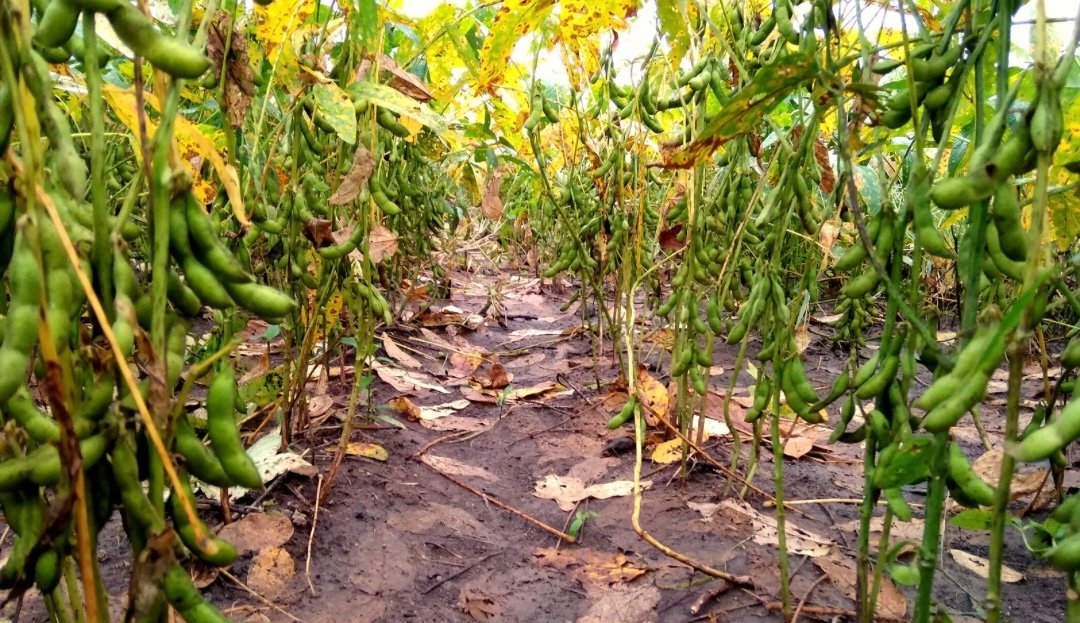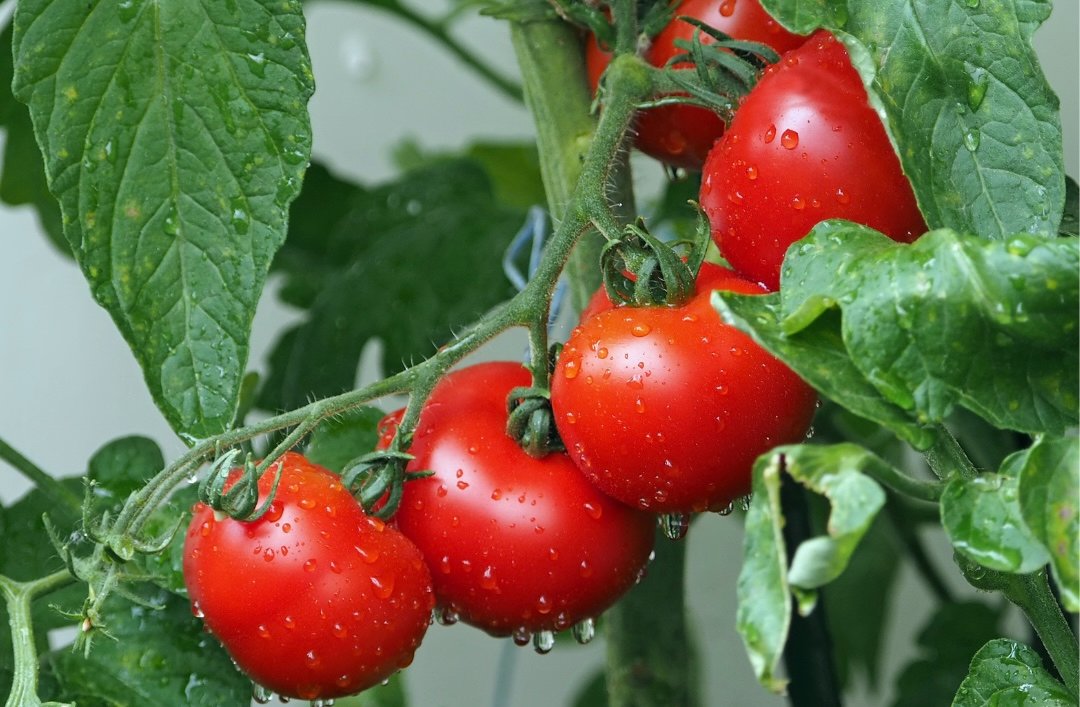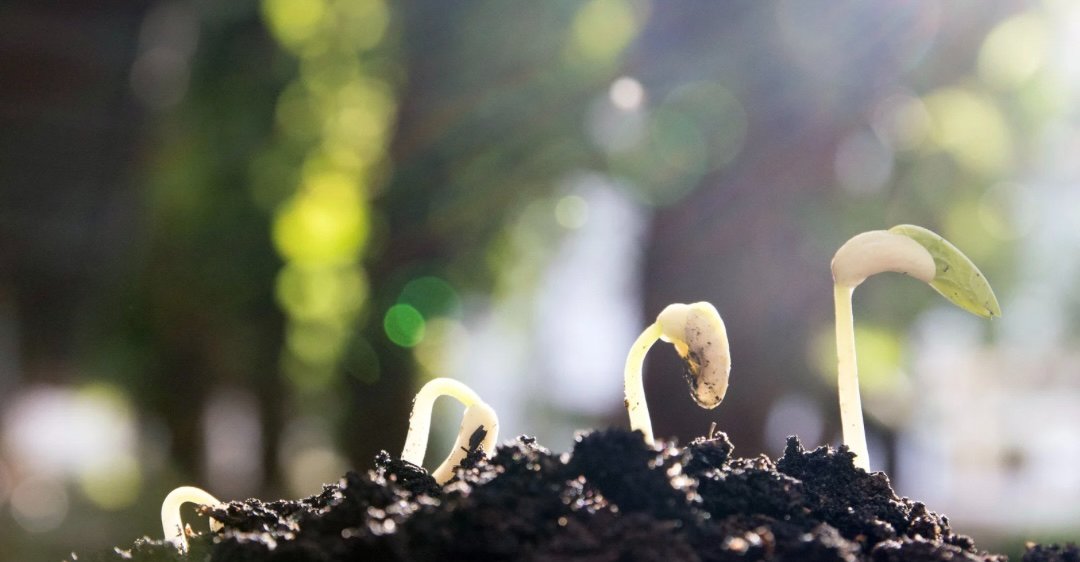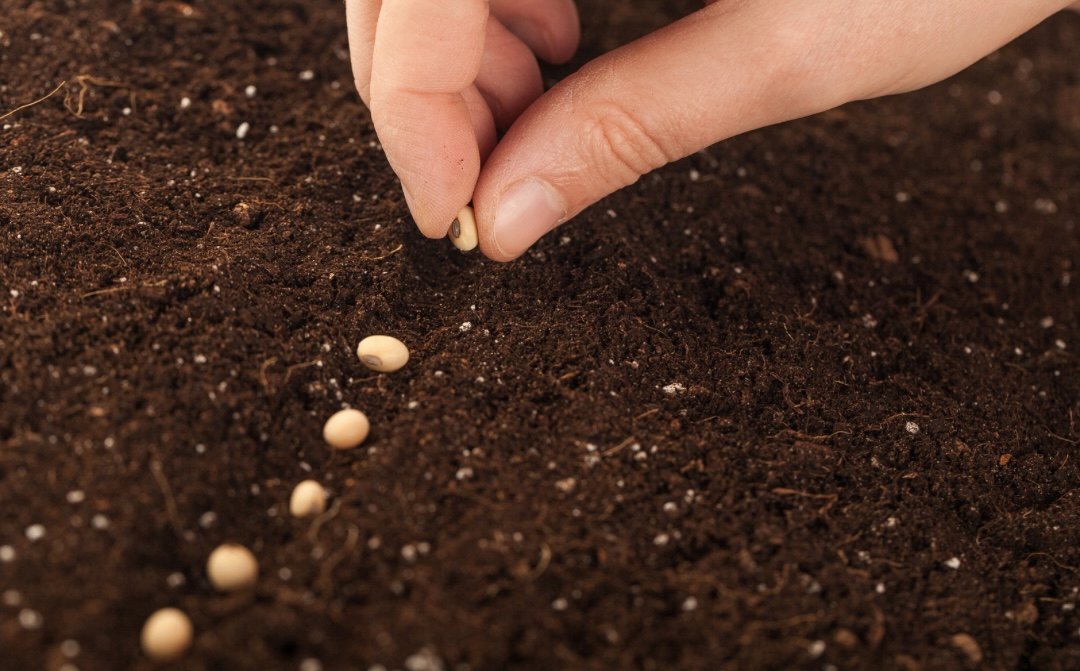What is Lectin?
Lectins are a diverse group of sticky proteins found in various plants, including seeds, grains, legumes, and some vegetables.
The discovery of lectins has roots dating back to the early 19th century, particularly in the context of blood type research. The term “lectin” came from the Latin word “legere,” meaning “to choose” or “to select.”
How exactly do lectins help plants defend themselves?
Plants have evolved various strategies to ensure the dispersal of their seeds, which is crucial for their survival and propagation. Some plants have evolved to disperse their seeds over long distances to find suitable habitats for growth, while others have evolved to protect their seeds from predators or competitors. Lectins play a role in both of these strategies.
💣 Seed dispersal by animals: Some plants rely on animals to disperse their seeds over long distances. These plants often produce fruits that are attractive to animals, who consume the fruit and then disperse the seeds through their droppings. This strategy helps the seeds to colonize new areas and reduces competition with parent plants. Many fruits contain lectins that may deter or repel certain predators or herbivores. For example, lectins found in the seeds or skin of fruits like tomatoes, peppers, and eggplants may discourage animals from consuming them. By protecting the seeds from being eaten, these lectins help ensure that the seeds are dispersed intact.
💣 Protection against predation: Other plants produce seeds that are not intended for dispersal by animals but rather need to be protected from predation or competition. These plants may produce seeds with tough outer coatings or chemical defenses, including lectins, to deter predators and ensure the survival of the seeds until they can germinate and establish themselves. Lectins can act as natural insecticides or deterrents, making the seeds less palatable or even toxic to potential predators. For example, lectins found in legumes like beans and peas can interfere with the digestion of insects and other animals, discouraging them from consuming the seeds.

Curious about lectins and their gut-wrenching effects?
💣 Increased intestinal permeability: Lectins have been shown to bind to the cells lining the intestinal wall, potentially causing damage and increasing intestinal permeability, also known as “leaky gut.” This can allow undigested food particles, toxins, and bacteria to pass through the gut lining and enter the bloodstream, triggering inflammation and immune reactions.
💣 Disruption of gut microbiota: Lectins may also affect the balance of beneficial bacteria in the gut microbiota. Some research suggests that lectins can interfere with the growth of certain beneficial bacteria while promoting the growth of potentially harmful bacteria, which can disrupt the delicate balance of the gut microbiota and contribute to gut dysbiosis.
💣 Inflammation: Lectins have been implicated in promoting inflammation within the gut. When lectins bind to the cells lining the gut, they can trigger an immune response, leading to inflammation. Chronic inflammation in the gut is associated with various digestive disorders, including irritable bowel syndrome (IBS), Crohn’s disease, and ulcerative colitis.
💣 Potential autoimmune reactions: In susceptible individuals, lectins may trigger autoimmune reactions by mimicking certain proteins in the body. This can lead to the immune system mistakenly attacks healthy tissues, contributing to the development or exacerbation of autoimmune diseases such as rheumatoid arthritis, lupus, and celiac disease.
💣 Digestive discomfort: Lectins have been reported to cause digestive symptoms such as bloating, gas, abdominal pain, and diarrhea in some individuals, particularly those with pre-existing digestive issues or sensitivities.
Your intestines are like a barrier that helps keep the things you eat and drink separate from the rest of your body. This barrier is made up of cells that are joined tightly together, like bricks in a wall. Normally, this barrier is selective, allowing nutrients from your food to pass through while keeping out harmful substances like bacteria and toxins.
When we talk about “increased intestinal permeability,” it means that this barrier becomes more porous or “leaky.” Instead of having tightly packed cells, there are gaps between them, like holes in a fence. This can allow things that shouldn’t normally get through, like undigested food particles, toxins, and bacteria, to sneak into the bloodstream.
When these unwanted substances get into the bloodstream, they can trigger the body’s immune system, causing inflammation and potentially leading to various health issues. It’s like intruders getting into your house and causing trouble.
So, when we talk about lectins potentially harming the gut by increasing intestinal permeability, it means they could be making those gaps in the intestinal barrier bigger, allowing harmful substances to pass through and cause problems in the body.

What Foods Pack Lectins?
💣 Legume lectins: Legumes, such as beans, lentils, and peas, contain lectins known as phytohemagglutinins. These lectins are particularly abundant in raw legumes and can cause digestive discomfort if consumed in large quantities without proper preparation.
💣 Grain lectins: Grains like wheat, barley, and rice contain lectins such as wheat germ agglutinin (WGA) and agglutinins.
💣 Nightshade lectins: Tomatoes, potatoes, eggplants, and peppers, contain lectins. These lectins are primarily found in the seeds and skins of nightshade plants.
💣 Soybean lectins: Soybeans and soy products.
💣 Dairy lectins: Dairy products, particularly those made from cow’s milk, contain lectins such as casein and whey proteins.
💣 Seed lectins: Seeds such as peanuts, cashews, and sunflower seeds contain lectins that can be allergenic for some individuals.
How can we turn the tables on lectins? Discover smart strategies to enjoy them without harm!”
💡 There are several strategies to mitigate the potential risks associated with lectin consumption while still enjoying the nutritional benefits of lectin-containing foods.
💡 Cooking is one of the most effective methods for reducing lectin levels in foods, as heat can break down these proteins and make them less harmful.
💡 Boiling, steaming, roasting, or pressure cooking can all help to deactivate lectins and improve the digestibility of foods. Additionally, soaking, sprouting, or fermenting certain foods before consumption can also lower their lectin content. For example, soaking beans overnight and discarding the soaking water before cooking can help reduce lectin levels.
💡 In Italy, the traditional method of making tomato sauce for pasta or pizza typically involves removing the seeds and skins of tomatoes. In many Italian recipes, especially those for traditional sauces like marinara or Neapolitan pizza sauce, tomatoes are often blanched, peeled, deseeded, and then cooked down into a smooth sauce. This process helps remove the skins and seeds, which can have a slightly bitter taste and a different texture compared to the flesh of the tomato. Additionally, removing the seeds can also reduce the water content of the sauce, resulting in a thicker consistency.
💡 Furthermore, incorporating a diverse range of foods into your diet can help minimize overexposure to specific lectins while still providing essential nutrients and dietary variety. Overall, adopting a balanced and varied diet that includes a mix of cooked and prepared foods can help you enjoy the nutritional benefits of lectins while minimizing their potential drawbacks.






